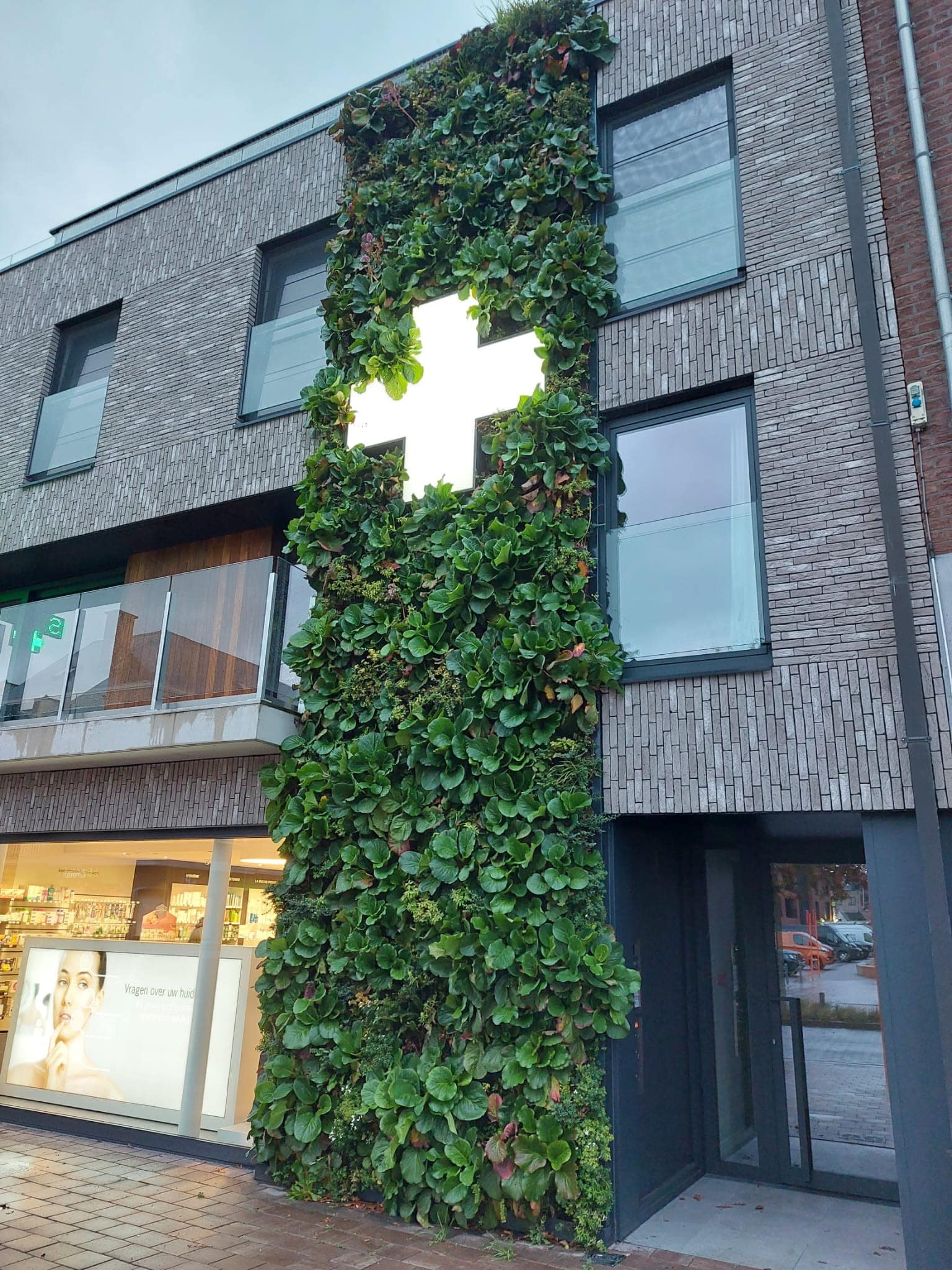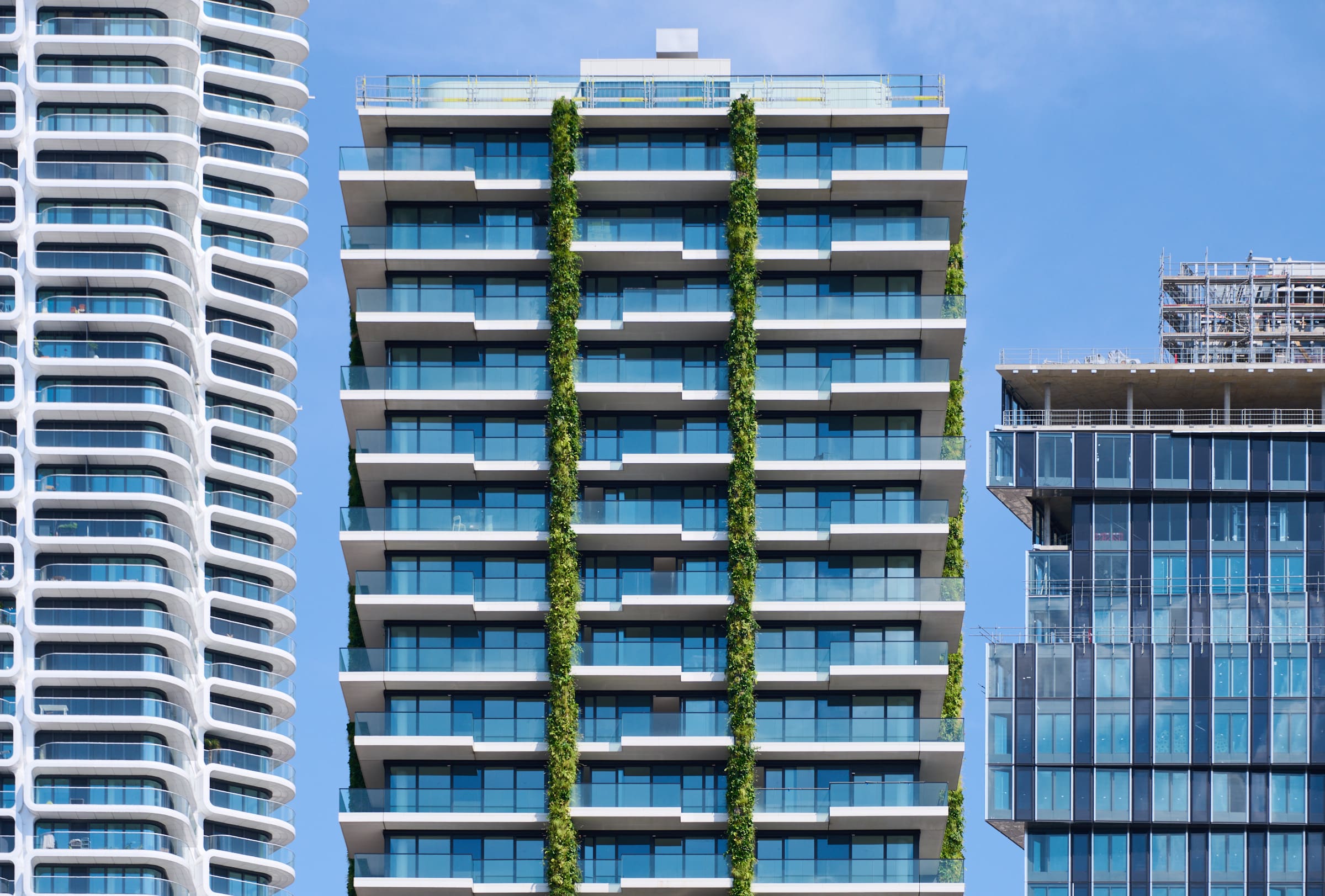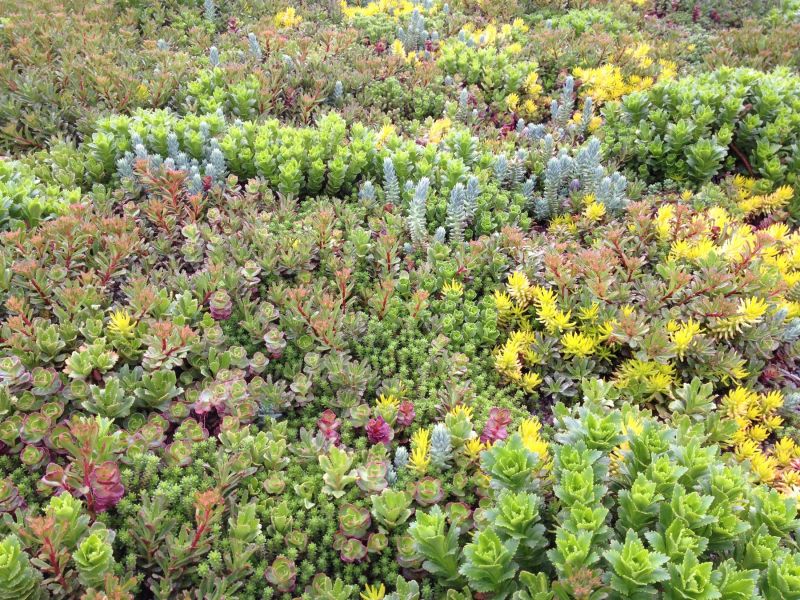The health effects of greeney explained
One of the benefits of a nature-inclusive environment is that the patient’s pain tolerance increases. The need for painkillers is less and the recovery is faster after surgery. The greenery does not even have to be present in the space itself. According to Ulrich, R.S. who already did research on this in 1984, the dose and strength of painkillers in patients in a room with a window looking out at a brick wall was significantly higher than in patients with a view of nature. The number of days that the patient was admitted was also shorter.
The Dutch National Institute for Public Health and the Environment (RIVM) has brought together substantiated knowledge about greenery and health in the knowledge pool ‘Green and Health‘. This publication shows that there is also a positive relationship between greenery and a good sleep rhythm. A good night’s sleep ensures, among other things, stress reduction, muscle recovery and the removal of waste. Good quality sleep equals a faster recovery. The knowledge pool also provides an explanation of the ‘Stress Recovery Theory (SRT)’. It is described here that a view of greenery and its application leads to positive physical health effects, such as lower blood pressure, a lower heart rate and the reduction of cortisol (stress hormone) levels. Another study shows that when people are in a tree-rich environment, their immune system improves and inflammation levels, blood pressure and the stress hormone cortisol decrease. This tree research was conducted by Rachel Stancliff, a leading public health expert from Oxford. The application of greenery is good for people’s physical health because the plants absorb harmful particles and other pollutants from the air. Living walls are known to absorb 2.3 kg of CO2 and produce 1.7 kg of oxygen per square meter per year. Exposure to pollutants can exacerbate asthma symptoms and damage the central nervous system. This in turn is associated with certain mental disorders such as depression.
Applying natural elements in healthcare
Reason enough to look at how greenery can be implemented in healthcare. Practical design in accordance with ‘healing environment design’ is possible, for example, by adding plants or by providing a view of parks, nature reserves or sports fields. With the latter you are often dependent on environmental factors. That is why the application of green facades and green roofs is a simple and concrete instrument for realizing greenery in a care environment. Green walls are a valuable addition to the furnishing of hospitals and clinics. Greening the roofs that people look upon is also a relatively easy solution. The examples below demonstrate how these applications can be implemented in healthcare institutions.

Community Health Center – Middletown, USA
Middletown Community Health Center is the regional centralised facility for all types of health care providers. The centre has a large roof terrace with fountains, planting beds, a lawn, vegetable gardens and living walls. The roof terrace is mainly used by the employees of the various medical providers in the building, but occasionally it is also used for social events. The vegetable gardens are managed by local social workers together with their clients.
Fundación Cardio vascular de colombia – bucaramanga
Not only vertical green walls are a good solution for applying greenery; green roofs also contribute to a better care environment. A good example is this care clinic in Colombia, where patients have a view of a beautiful green roof from the window of their room. The use of no less than 200 m² of Sedum in combination with walking paths ensures a pleasant and healthy environment.


OncoCubus – Recklinghousen, Germany
Applying greenery in a hospital or medical clinic can be perceived as unhygienic. Plants could cause an allergic reaction and attract insects. This was one of the challenges at the OncoCubus radiation centre. The green facade is therefore placed behind a glass plate. In this way, patients do benefit from the green view, without affecting the sterile environment.
Photo credits: Martin Gaissert
Radiotherapy group – apeldoorn, the netherlands
In Apeldoorn, the Radiotherapy Group has absolutely understood the concept of a ‘nature-inclusive building’. Not only the facades, but also the roofs have been greened. The greenery can be admired from different floors. This makes the building a lot more pleasant for both patients and employees.


Sharjah Zulekha Hospital – Dubai, UAE
A friendly atmosphere has been created in Sharjah Hospital with the help of this green plant wall in the central hall. A nice selection of plants creates the design in the wall. The hospital’s vision is: “To be the most efficient, competent and courteous provider of comprehensive healthcare in the world.” A green interior is certainly a must-have in this vision.
outpatient clinic for women & children – the netherlands
Nij Smellinghe Hospital in Drachten combines the maternity ward, obstetric practices and children’s ward in one new ward, called Woman & Child Centre. This outpatient clinic has a green facade, which provides a pleasant living environment for patients, visitors and employees. The playful plant wall gives the walking route to the waiting room a green and healthy appearance.
Photo creits and project realization by Ambius.


hospital car park – glostrup, denmark
Facilities around the hospital are also important for greening. Here in Denmark, for example, the parking garage is completely covered with plants. This immediately gives a nice view upon arrival. The plants filter CO2 from the air and produce oxygen. This has significantly improved the air quality in the area around the hospital.
Photo creditL MASTOP



